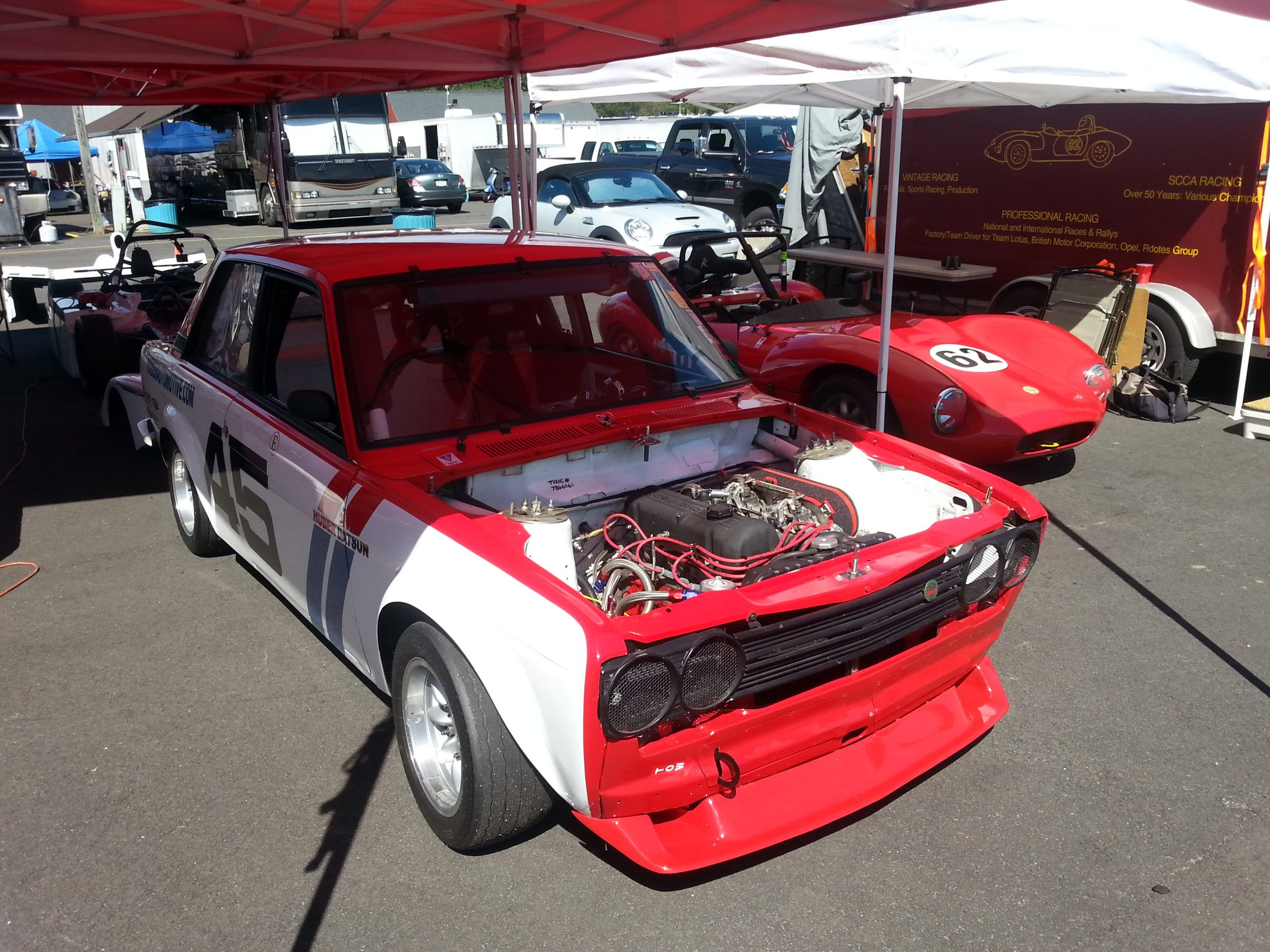As a life-long environmentalist, I’m sometimes asked by my more left-leaning friends how I rationalize supporting and participating in motor racing. You should see the jaws drop when I give my answer: because racing is Green!
Racing has existed since before the invention of the wheel, and has become an aspect of every mode of transportation since that time. Roman chariots participated in the first spoke-wheeled races around 2,000 BC. Even older civilizations no doubt raced their ox carts. In 1830 a steam engine in Baltimore raced a horse-drawn cart on 13 miles of dual-tracked rails (and would have won, but for a broken belt!). Boats race. Planes race. Bicycles race. The first automobile race occurred in France in 1895. The oldest racetrack (self-proclaimed) is in Wisconsin, called “The Milwaukie Mile”. The first permanent road racing course was (and is) in Brooklands, in England, built in 1907. Taken in all its forms, racing is the most popular sport on Earth, bigger even than soccer.
Racing is not going away anytime soon.
But how is racing green?
Racing marries science, engineering and competitive sports. The automotive garage and the racing circuit are the think-tanks and laboratories of automotive transportation. Imagine how differently our societies may have developed without these replacements for the horse, the mule, and the ox.
While some might suggest that we’d be better off, I for one have come to appreciate many of the comforts and capabilities that the internal combustion engine, as well as steam in the past and electromotive engines currently and to come, have allowed.
Many disciplines are involved in motorsports, which may account for the rapidity with which automotive – and other “motive” technologies – have advanced. Elements of physics, chemistry, thermodynamics, materials science, engineering, classical mechanics, manufacturing technology, failure analysis, aerodynamics, sensor technology, data harvesting, and more have all been all involved in refining automotive technology. And racing has driven or assisted advancements in virtually every one of these fields, each of which are crucial to the advancement of human societies in this increasingly complex world.
Thanks to racing, we have more, and more efficient, power to do our work. Thanks to racing, we have more energy-dense fuels. Thanks to racing, we have better lubricants for our machines, helping them to work harder and longer. Thanks to racing, machining technologies produce better balanced and smoother running engines that are now good for hundreds of thousands of miles, saving fuel and scarce resources.
So yes, racing is Green.
But it’s more than that. It’s something you appreciate viscerally, in your gut and in your bones. On Easter Sunday Licia and I were sitting outside on the deck when the silence of our rural home was broken by the sound of a neighbor – a drag racing enthusiast – testing a new engine. Unmuffled – magnificently loud – radical cam. “A big block Chevy”, we guessed. We could not help but grin. He made the run up our hill to the Dead End about a mile away then idled back down to his garage, and the silence returned.
We’ve learned to love that ferocious high-RPM noise. I’m sure tomorrow’s racers will learn to love the high-pitched whine of their electric chariots just as much.

